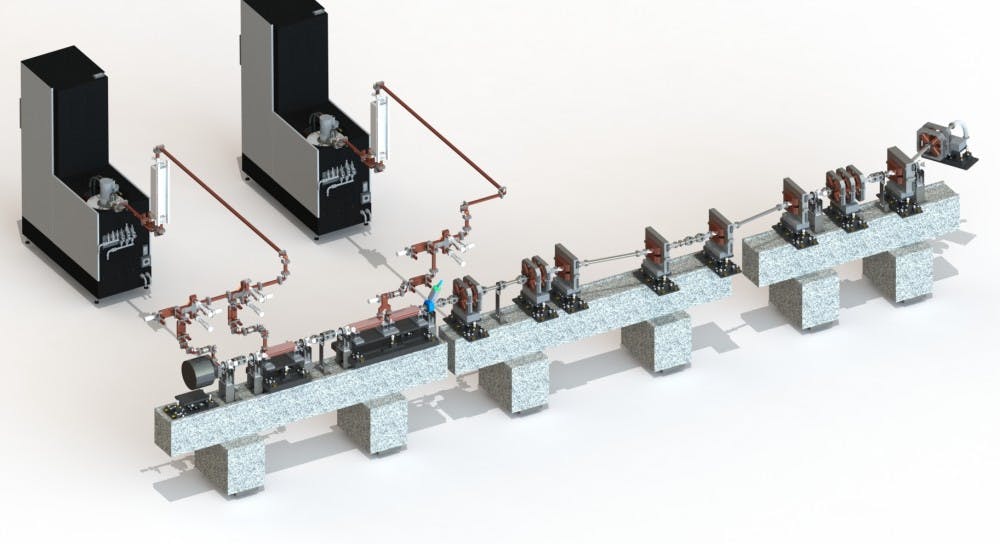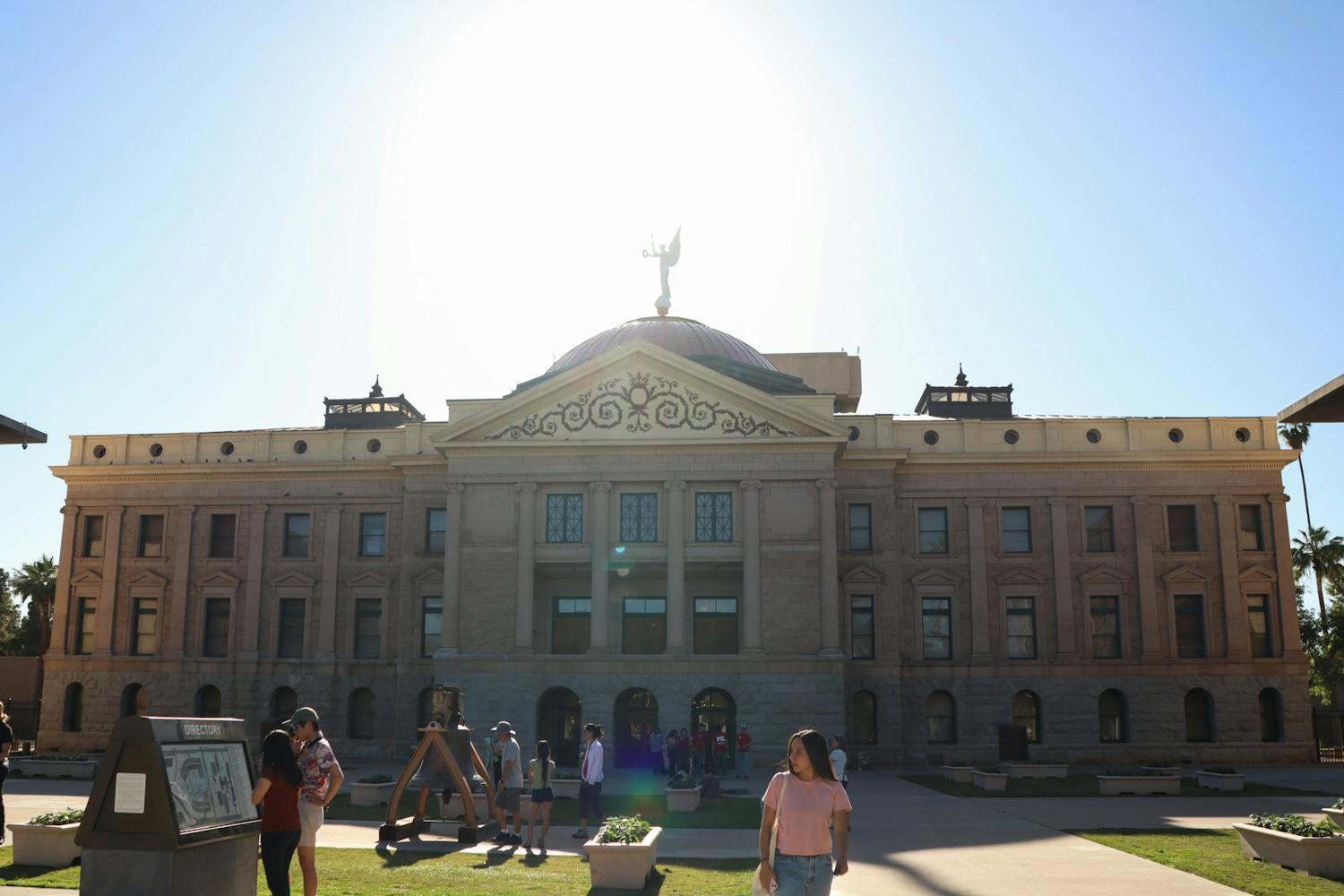A new compact laser for ASU’s BioXFEL program will be housed in the upcoming Biodesign C building.
The free electron laser will be much more compact than previous versions, enabling it to be housed within a more limited space in Biodesign C. Construction of the new research building will be completed in 2018, adding a third building to the Biodesign complex.
The laser, which is currently being put together at the Massachusetts Institute of Technology, is the centerpiece of BioXFEL research, as its innovative design opens up many possibilities for future research.
“I came to ASU from MIT to build this laser,” said William Graves, associate professor and researcher for the Biodesign Center for Applied Structural Discovery. “So, myself and a number of colleagues had the concept for it, so I’m leading the designing instruction of it.”
Graves, who formerly worked on the technology at MIT, is one of the founders of the compact design for the free-electron laser.
“What we’re trying to do is shrink this X-ray free-electron laser from something that’s typically about a mile long or a couple kilometers long, into something that’s just a few meters long,” Graves said. “And doing that with kind-of cutting-edge accelerator and laser technologies.”

GIF by SLAC
The laser will be used for imaging on a molecular level.
"We make these very, very short X-ray pulses ... to take stop-motion movies of atoms and molecules in action," Graves said. "Instead of just having still pictures, we are trying to make movies of chemical reactions occurring."
A similar, but much larger, version of the free-electron laser, called the Linac Coherent Light Source, is located in Stanford's SLAC laboratory. Technological progression in recent years has enabled researchers to create a much smaller version, with BioXFEL's laser being the first compact design.
"The big ones are more powerful, but ours will be more coherent," Graves said. "And of course, much smaller and less expensive."
BioXFEL has undergone many changes in recent years, but the addition of the laser to Biodesign C will be a major one, as researchers won't have to use other universities' facilities to use the laser technology.
The program originally began as part of the PRIME Center at ASU, but has changed to an independent program over time.
“We were involved with (BioXFEL) for a while when they needed to get moving with an outreach program to students,” said Mary Cavanagh, director of the PRIME Center. “But they are pretty much doing it now within the university for just university students.”
While the laser is still being constructed, Biodesign staff are optimistic about the potential for success within BioXFEL.
“It is an absolutely revolutionary new technique for imaging single molecules,” said Stuart Lindsay, director of the Biodesign Center for Single Molecule Biophysics.
Structures being built for the laser can already be seen in the Biodesign C construction plot, Lindsay said.
“If you go look at the big hole in the ground to the east of Biodesign, which is where the new wing is going in, you’ll see huge, thick concrete walls as radiation shielding,” Lindsay said.
#AIP #BioXFEL Movie Trailer 2015 #SNRTG https://t.co/SLPDs2EnnG
— BioXFEL (@BioXFEL) August 21, 2015
Reach the reporter at jpleona1@asu.edu or follow @jpleonard123 on Twitter.
Like The State Press on Facebook and follow @statepress on Twitter.




